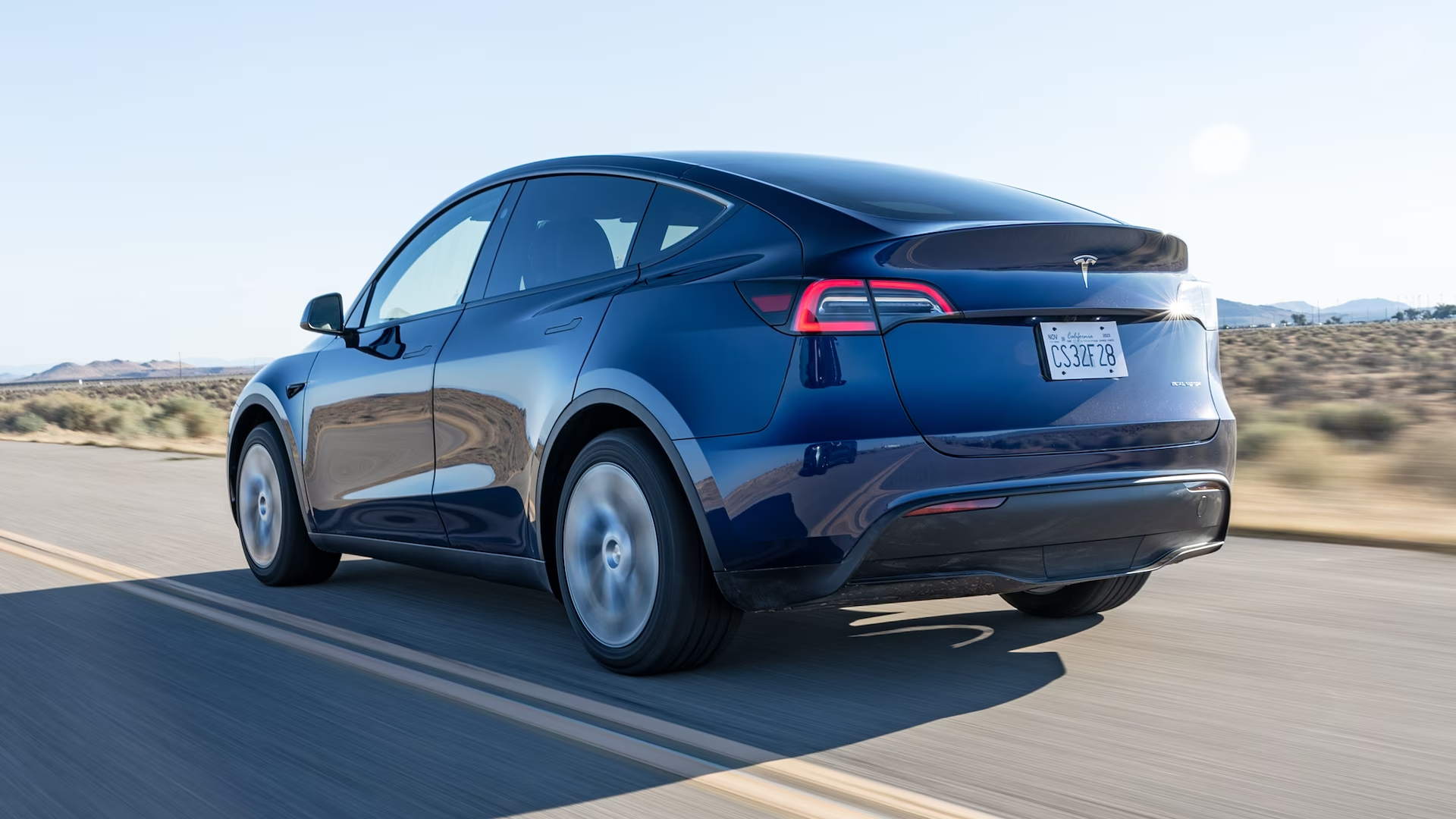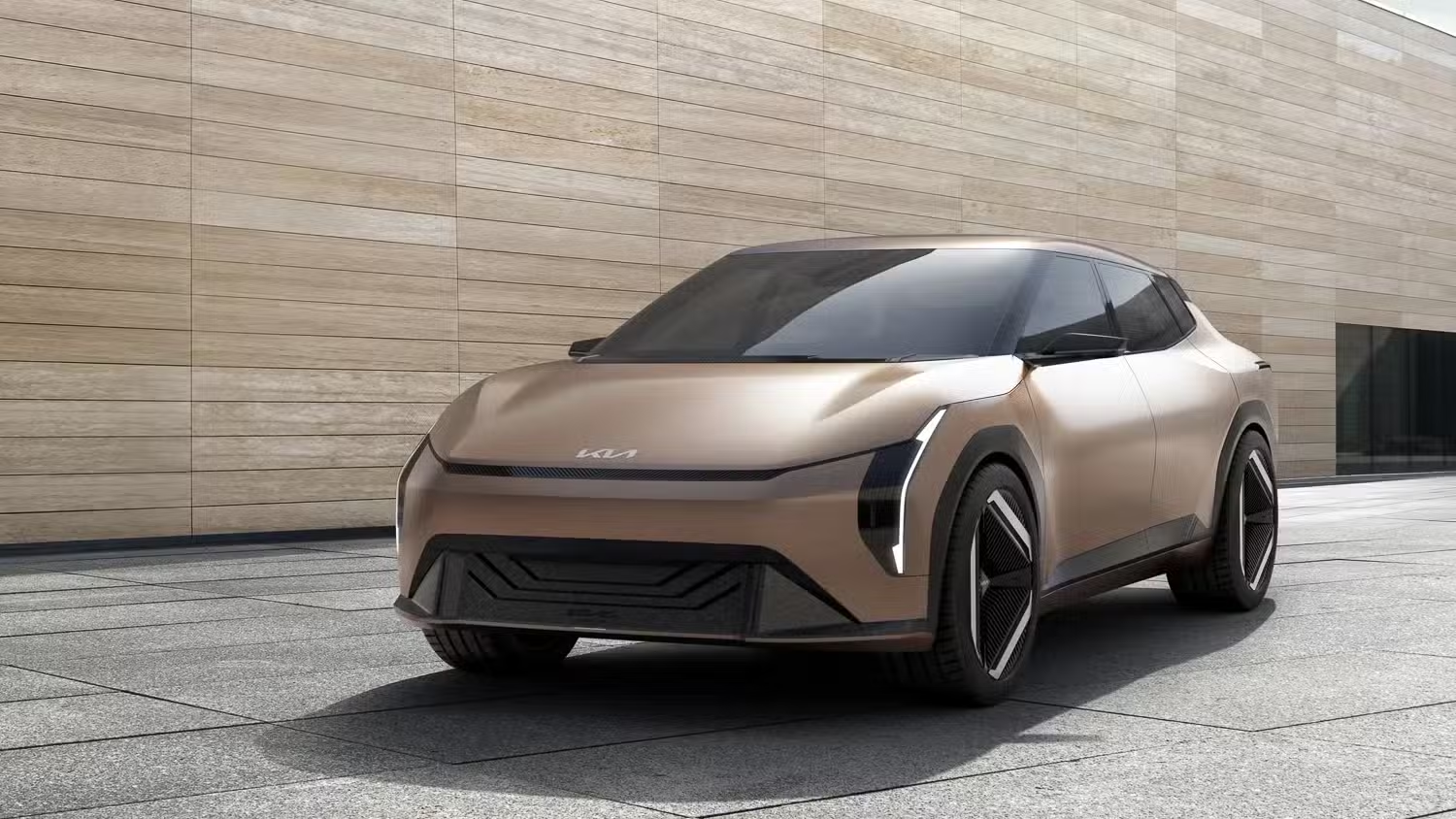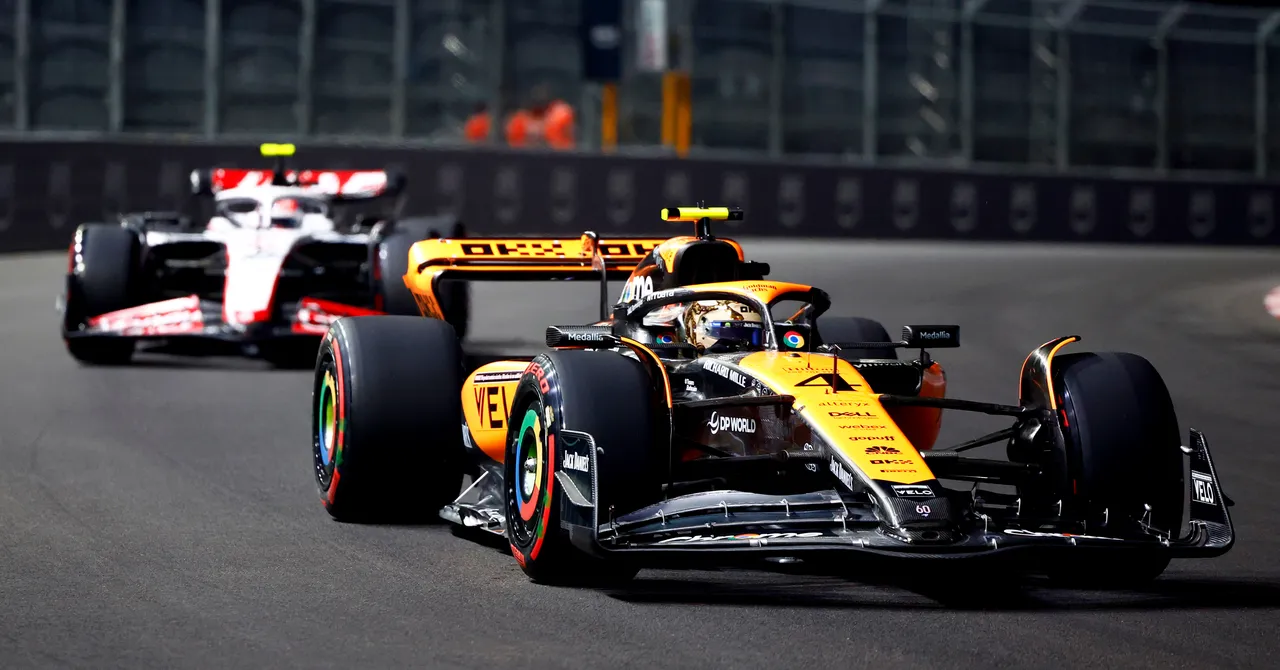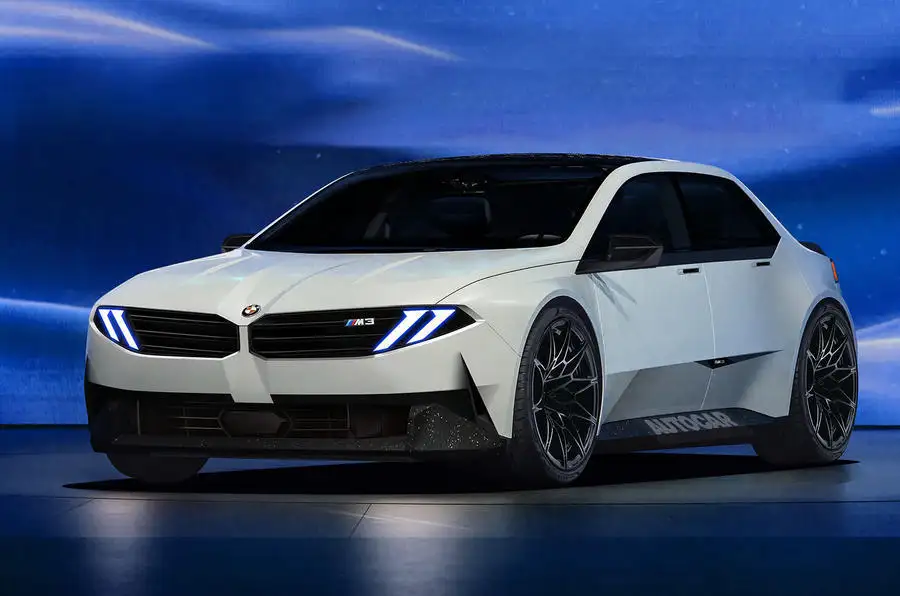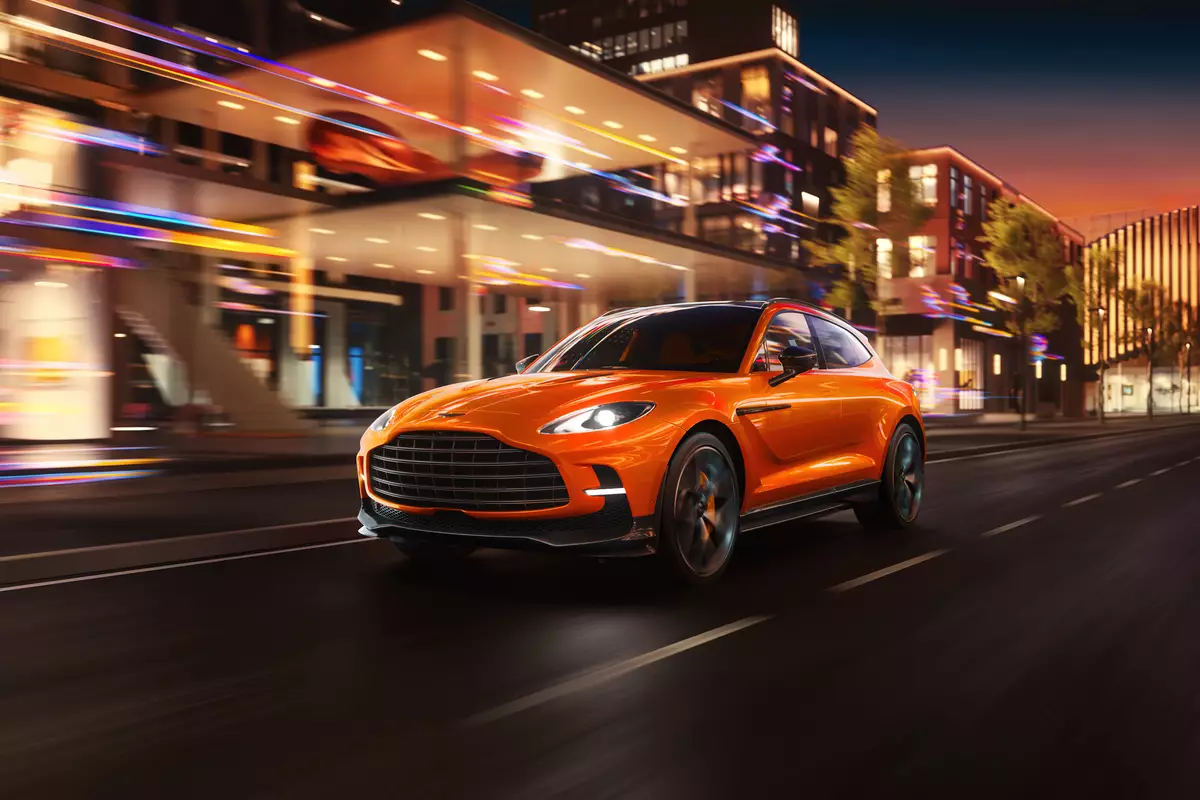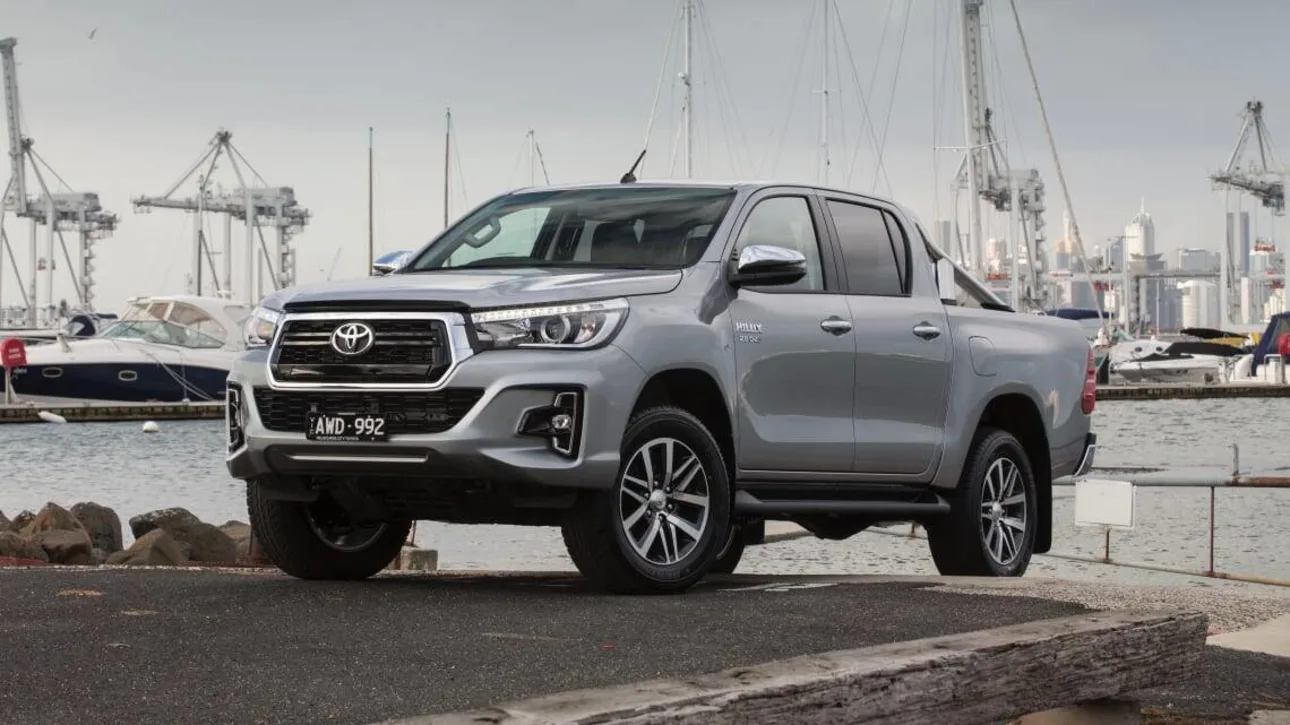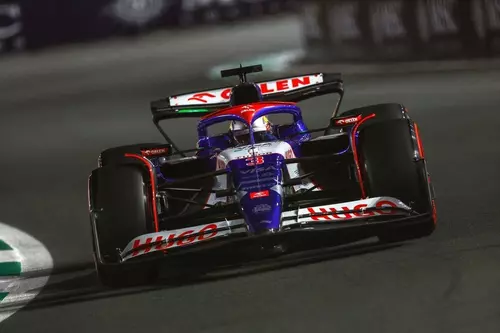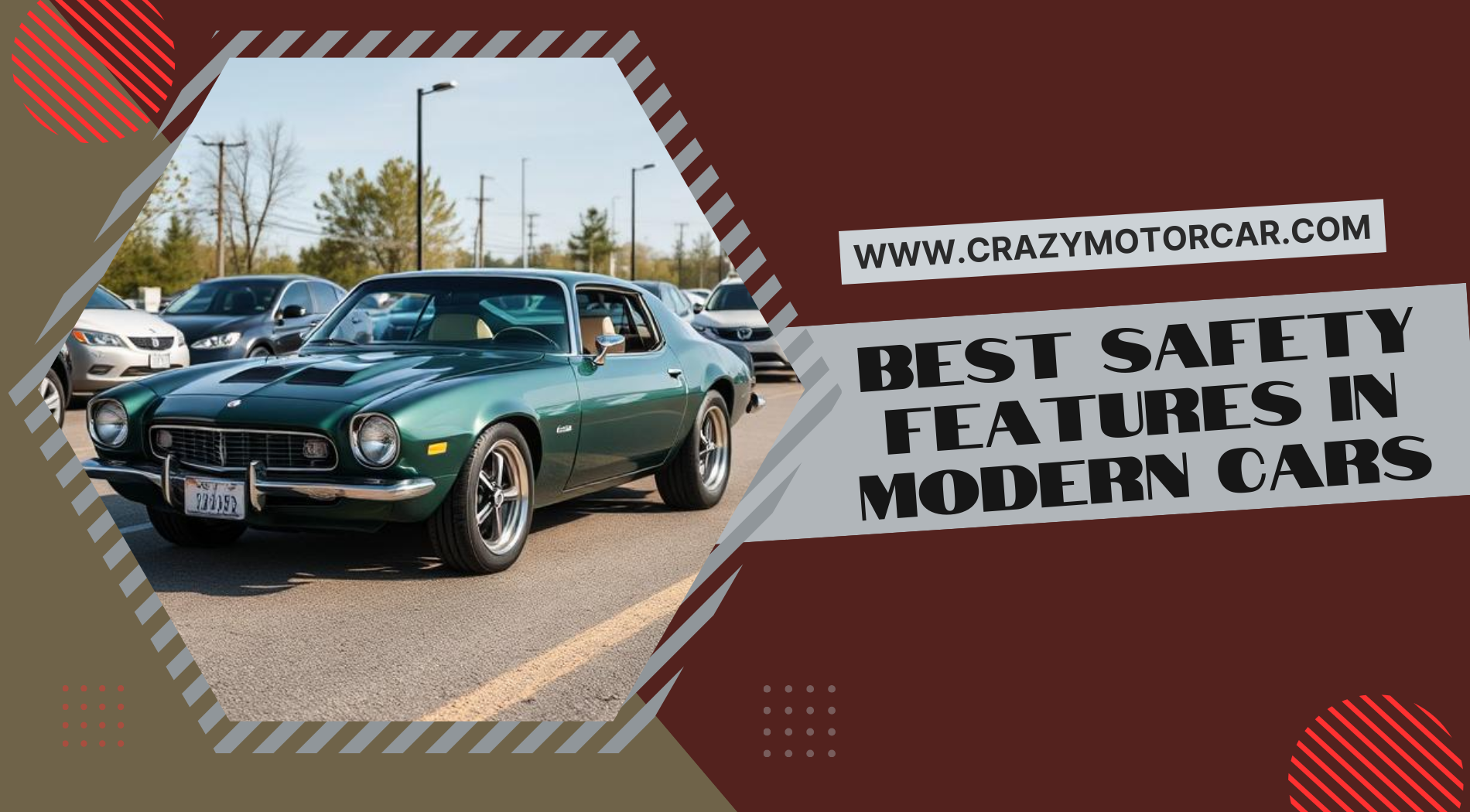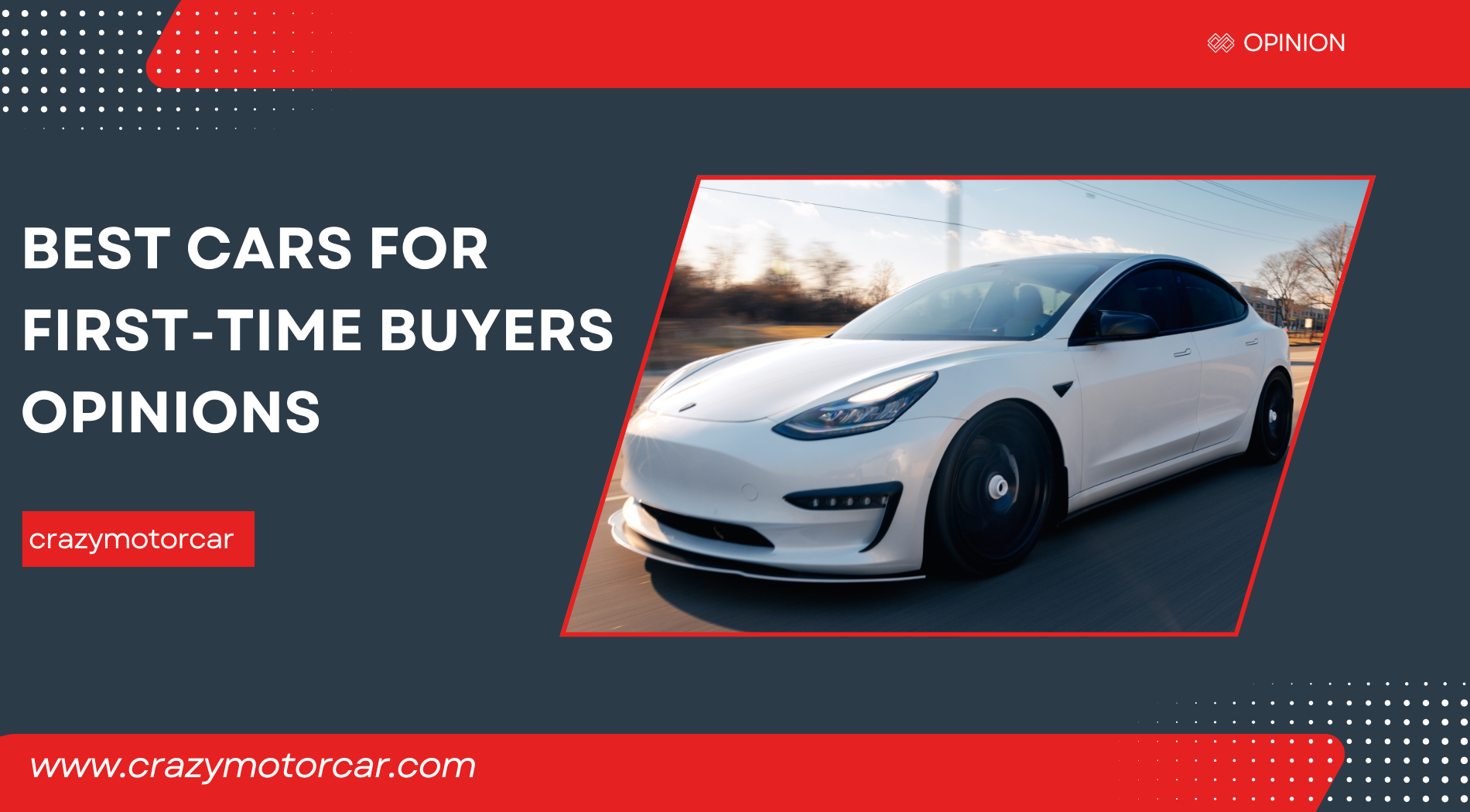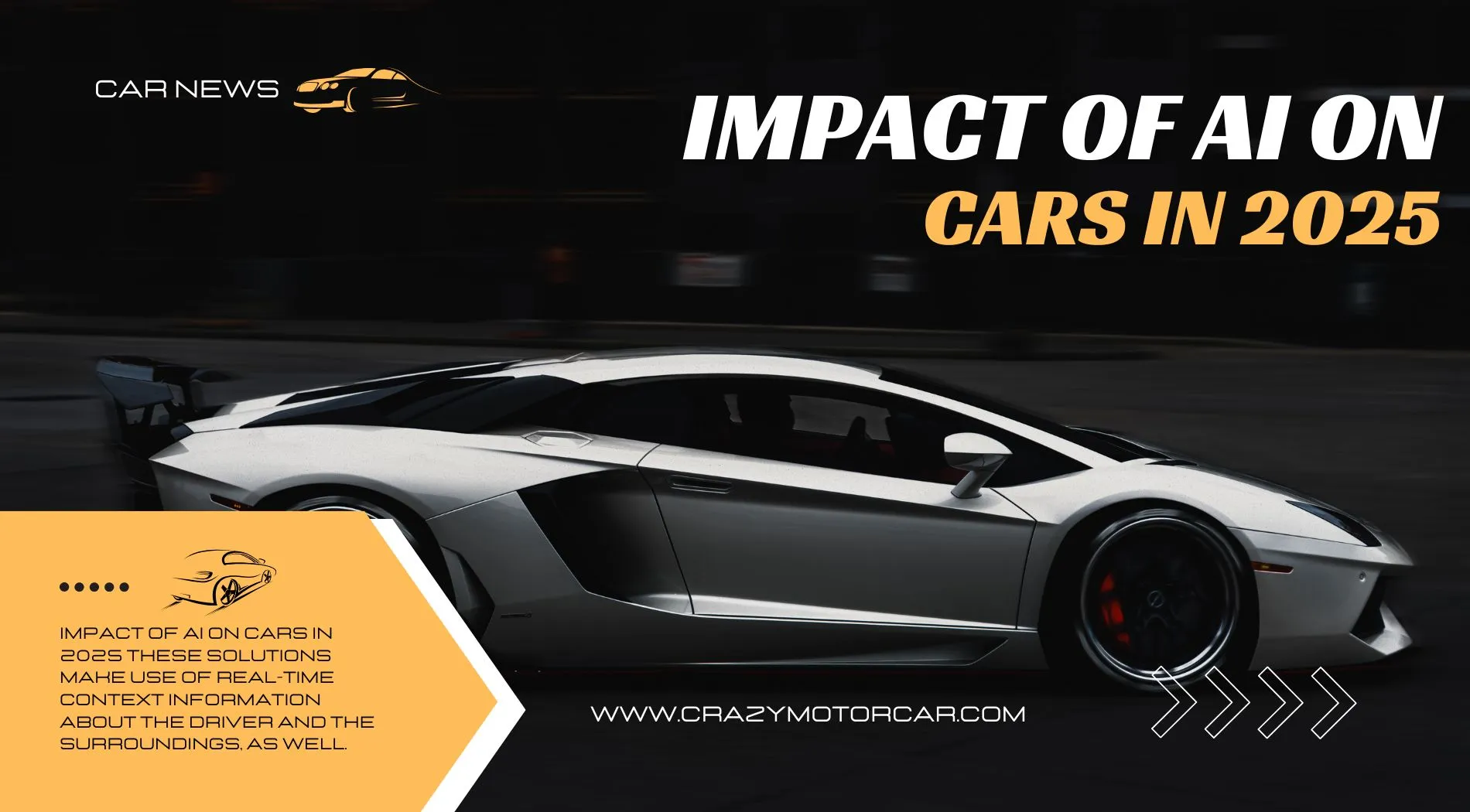On December 12, 2023, Tesla and the Public Roadway Traffic Wellbeing Organization (NHTSA) declared a willful review of each and every Tesla sold in America with Autopilot and its friend capability, Autosteer. More than 2 million Model S, X, 3, and Ys — practically every Tesla at any point sold in America — was impacted, including our drawn out Model Y Long Reach. Applied through an over-the-air (OTA) programming update, the review is intended to address abuse of the Autosteer capability, however what changed? We tried our Model Y pre-and post-update over almost 700 miles to find out.
Why Was There A Review?
Tesla's Autopilot framework and its connected Autosteer capability make up the foundation of its purported "Full Self-Driving (Beta)" highlight, which has been under a magnifying glass for quite a long time for an absence of protections. Since Autopilot was first declared in 2014, Tesla and President Elon Musk have commonly misrepresented, deceive, or jumbled the framework's real capacities (up to and including faking a video of a Tesla driving itself independently). Security specialists have long approached the organization to be more clear in its showcasing and correspondences about the framework's real capacities and particularly its limits. They've likewise called for Tesla to move forward driver observing while the frameworks are being used to forestall abuse. A few high-profile crashes, some of which were deadly, have been credited to proprietors abusing the framework and prodded past reviews.
Autopilot and Autosteer are remembered for all new Teslas and have been accessible on all items for the beyond quite a while. Extra highlights are added by buying "Improved Autopilot" (presently $6,000 on the Model Y) or "Full Self-Driving (Beta)" (right now $12,000 on the Model Y, however we paid $15,000). Our vehicle is furnished with "Full Self-Driving (Beta). "
The review states: "In specific conditions when Autosteer is locked in, the unmistakable quality and extent of the element's controls may not be adequate to forestall driver abuse of the SAE Level 2 high level driver-help highlight.
"Assuming a driver abuses the SAE Level 2 high level driver-help component to such an extent that they neglect to keep up with ceaseless and supported liability regarding vehicle activity and are ill-equipped to mediate, neglect to perceive when the element is dropped or not locked in, as well as neglect to perceive when the component is working in circumstances where its usefulness might be restricted, there might be an expanded gamble of a crash."
"SAE Level 2" alludes to the General public of Car Specialists' positioning framework for driver help capabilities, with Level 0 being a vehicle with no electronic driver helps by any stretch of the imagination and Level 5 being a completely independent vehicle with no directing wheel or pedals. A Level 2 framework is a "driver emotionally supportive network" that is "somewhat mechanized" however requires the driver to stay in full control of the vehicle and continually manage the help frameworks, remaining prepared to mediate without warning on the off chance that the framework falls flat.
Tesla itself says "Autopilot, Improved Autopilot and Full Self-Driving Capacity are expected for use with a completely mindful driver, who has their hands on the haggle ready to take over all of a sudden. While these highlights are intended to turn out to be more skilled over the long haul, the right now empowered highlights don't make the vehicle independent. "
What Was Reviewed?
Per the review notice distributed by the NHTSA, "all variants of Autosteer paving the way to the version(s) that contain the review cure" were reviewed and set to be overwritten by another form of Autosteer programming as a component of full vehicle programming rendition 2023.44.30.
It peruses: "The cure will integrate extra controls and cautions to those generally existing on impacted vehicles to additionally urge the driver to stick to their constant driving liability at whatever point Autosteer is locked in, which remembers saving their hands for the guiding haggle regard for the street. Contingent upon vehicle equipment, the extra controls will incorporate, among others, expanding the noticeable quality of visual alarms on the UI, working on commitment and separation of Autosteer, unexpected checks after drawing in Autosteer and keeping in mind that utilizing the element outside controlled admittance expressways and while moving toward traffic lights, and possible suspension from Autosteer use assuming the driver over and again neglects to exhibit consistent and supported driving liability while the component is locked in. "
What Really Different In The Vehicle?
No message was shown in the vehicle, the Tesla application, or shipped off our email address advising us of the review before the product update. Without knowing the product variant number, we would've had absolutely not a chance of realizing a review was forthcoming, accessible, or introduced through true Tesla channels.
Exclusively by diving into the Delivery Notes that go with each OTA update were we ready to track down data on the review, where it was covered under 18 different updates, including another computer game to play on the screen (in leave), an outside light show set up with a good soundtrack, custom lock clamors like "shouting goat" and "irregular fart," the capacity to naturally call 911 after an accident, and an excursion arranging capability on the portable application that can send courses to the vehicle. Underneath all of that, and numerous references to somewhere safe and secure redesigns that are essential for the review yet not recognized accordingly, sits the "Over-The-Air (OTA) Review" notice, second to endure in front of "minor updates. "
Tap on that passage, and you'll gain proficiency with the review programming incorporates making the driver checking cautioning alarms greater and repositions them on the screen, "expands the severity of driver mindfulness necessities while utilizing Autosteer" and, while moving toward traffic signals and stop signs, presents a "suspension strategy" that keeps you from involving Autosteer for seven days on the off chance that you've had five "Constrained Autopilot Separations" because of abuse, and the choice to initiate Autopilot and Autosteer with a solitary press of the shift tail rather than two.
To see precisely exact thing all that implies practically speaking, we held off running the product update until an arranged excursion. We drove a similar course every way, running the pre-review programming on the outbound leg and the review programming on the return. On every leg, we enacted Autosteer on the equivalent stretches of street, which changed from long straights to delicate bends. All tests were performed on interstates and parkways, the sorts of isolated, restricted admittance streets Tesla says Autopilot and Autosteer are intended for, despite the fact that you can initiate either on any street. Each test was acted in light or no rush hour gridlock with a co-driver in the front seat to screen the street and traffic conditions during the test.
The Distinction? Not Much.
Post-update, there's no evident contrast in our Model Y's single focal showcase. Enacting Autosteer interestingly raised a new, impermanent notice telling us about the choice to change Autopilot and Autosteer enactment to a solitary press of the shift tail rather than two, as well as the current warning in little print at the base left corner of the screen telling the driver to "if it's not too much trouble, keep your hands on the wheel" and "be ready to take over whenever." Up until this point, basically the equivalent. The time had come to abuse the framework.
On our outbound leg running the old programming, we coordinated how long it required for the framework to acknowledge we weren't holding the controlling wheel. (We floated our hands over it so we'd be prepared to mediate.) Contingent upon street and traffic conditions, the framework would go somewhere in the range of 30 second to almost 2 minutes between admonitions to "apply slight going power to the controlling wheel." The admonition was shown in little print at the base left corner of the screen, well away from the driver's field of view.
A delicate pull on the wheel was all it required to clear the advance notice, however we saw that a consistent pull would ultimately make the framework shut off, possible Tesla's answer for driver's abusing the framework by connecting loads to the guiding wheel to trick the driver checking programming. Overlooking the admonition for over 5 seconds made a blue bar streak in the upper left corner of the screen, and a couple of moments later it would streak all the more rapidly. Proceeding to overlook the alerts would prompt a noisy signaling in the lodge, and presently the vehicle would start to slow down naturally to stand out. The controlling wheel detecting was the main type of driver observing and would allow us to reset the advance notice clock apparently endlessly as long as we shook the directing wheel somewhat.
On the return leg, running the new programming, the timing was something very similar. The framework actually required between 30 seconds and 2 minutes to show an advance notice, however presently the admonition was essentially bigger and shown close to the upper left corner of the screen, alongside a picture of hands on a directing wheel, which was a lot more straightforward to see initially. Following 5 seconds, the blue bar would streak over the advance notice, however presently the glimmering got a move on significantly more rapidly.
We likewise had one test meeting in which the vehicle went over 7 minutes without showing an advance notice, however we were unable to imitate it.
And The Lodge Camera?
A significant analysis of Tesla's Autopilot has been the absence of serious driver observing. A framework that checks in the event that the driver is holding the wheel by estimating directing data sources can be handily tricked and doesn't really affirm the driver is focusing — just that something is pulling on the guiding wheel somewhat. Most automakers have moved onto further developed frameworks, similar to driver-confronting cameras that track eye position (yet don't record pictures or send them) to ensure the driver is really checking the street out. In spite of the fact that Tesla has introduced in-lodge cameras in its vehicles for quite a long time, it has up to this point opposed calls to involve those cameras for driver observing.
The simplest method for deciding if a camera is doing anything is to cover it up, so we did. This is the means by which we found the lodge camera in the Model Y (situated over the rearview reflect) is just useful when Autosteer is locked in. Covering the camera during manual driving and keeping in mind that Autopilot (versatile voyage control just, no guiding help) was enacted sat idle.
Covering it while Autosteer was dynamic, be that as it may, promptly set off the greatest advance notice we've yet knowledgeable about a Tesla. The vast majority of the left half of the screen was supplanted with a gigantic picture of hands on a red guiding haggle message featured in red telling us to "take over right away." This was joined by clearly signaling, and neither that nor the message would disappear until we physically debilitated Autosteer.
This demonstrates the camera is functional now when Autosteer is dynamic, yet how much checking is it doing? It doesn't give off an impression of being a lot. To test it, we had a go at utilizing a cellphone while Autosteer was dynamic (with our co-driver checking the vehicle and traffic) and got no alerts insofar as we pulled on the guiding wheel sometimes. In one test, we had the option to take a gander at our lap for 2 minutes and 40 seconds with practically no advance notice from the vehicle, and we just finished the test in light of the fact that the co-driver declared different vehicles were close by.
However, this doesn't mean the camera isn't following your head or eyes. We found in the event that we dismissed our entire head from the street or put our jaw against our chest as though we were sleeping, the framework would caution us to focus following 5 to 10 seconds. It likewise tracks your eyes, however it possibly tosses an admonition in the event that you check out at the enormous focus screen for in excess of a couple of moments. Any other way, it doesn't mind where you look or for how long as long as your head is looking ahead.
